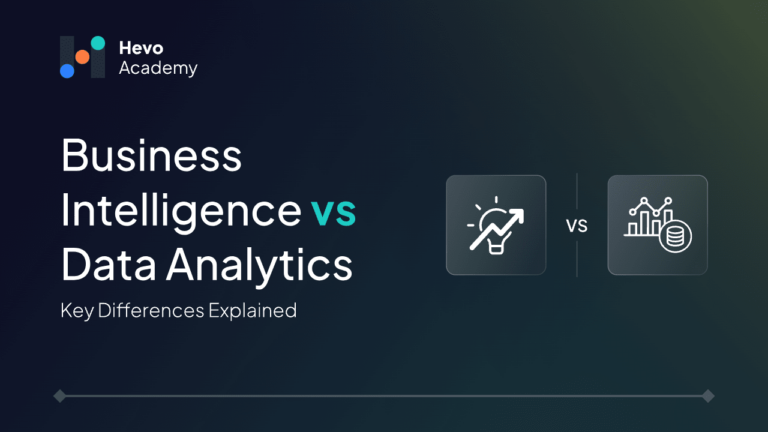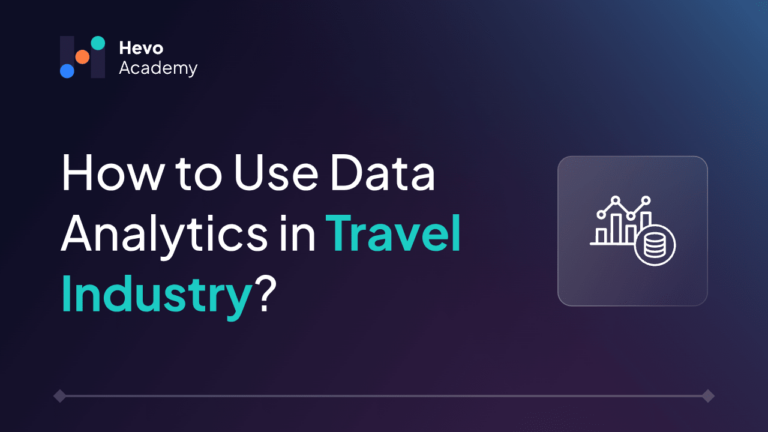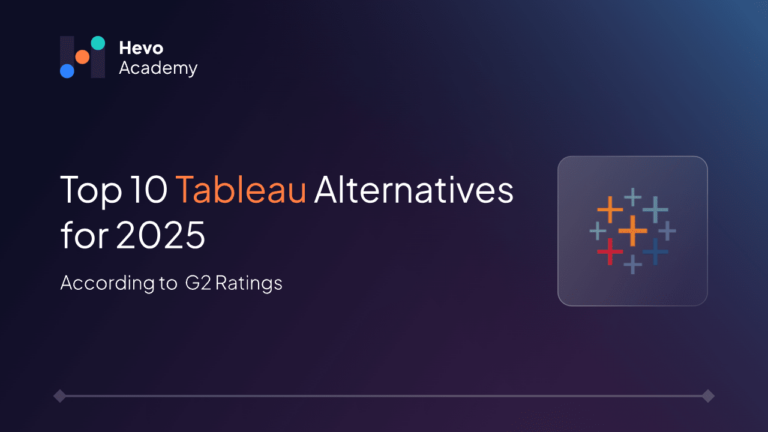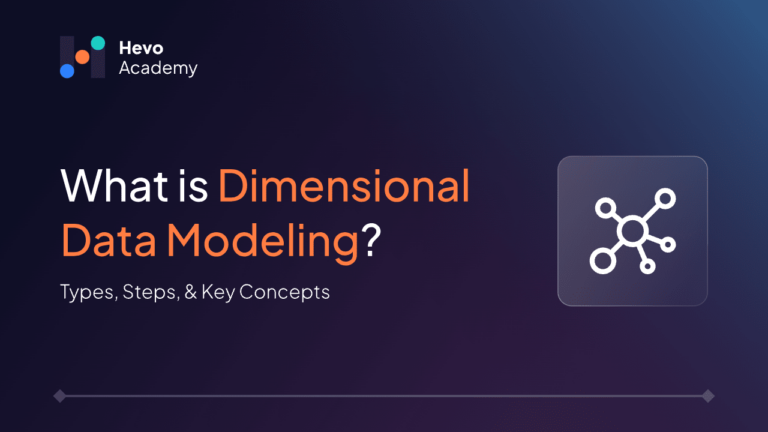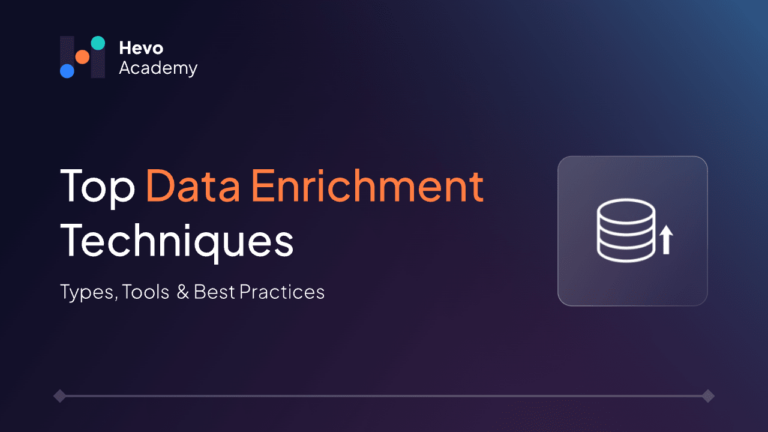These days, corporate settings frequently use “business intelligence” and “data analytics.” Both of these words assist businesses in making better decisions in the present as well as forecasting or predicting the future. Although the terms are sometimes used interchangeably, they are distinct, even if they share some tools. This blog discusses business intelligence vs data analytics, their types, key differences, and tools.
Table of Contents
What Is Business Intelligence?
Data from corporate activities can be collected, stored, and analyzed with the aid of business intelligence infrastructure. In order to facilitate improved decision-making, BI offers thorough business analytics in almost real-time. With improved business intelligence, you may identify market trends, set performance goals, boost compliance, and enhance nearly every facet of your company.
Business executives can effectively assess the company’s entire journey and direction by using tangible facts to provide insight into business records. It might try to respond to queries such as “What is the likely effect on signups if we raise prices?”
How Does Business Intelligence Work?
Here are the three key components of business intelligence that explain how BI works.
- Business intelligence systems gather, process, and analyze vast volumes of data.
- Following data processing, the information is shown in an understandable manner.
- BI tools, such as business analytics, data mining, data visualizations, location intelligence, business performance management, interactive reports, and sometimes predictive analysis, are used to give managers useful and actionable information so they can make choices more quickly and effectively.
Types & Examples of Business Intelligence
1. Operational BI
It is used for monitoring real-time data and reporting of business processes.
Example: Dashboards for business operations offer real-time information to help with everyday tasks and effectively manage workflow.
You can also explore how you can use data analytics in the travel industry.
2. Strategic BI
Strategic dashboards, which concentrate on long-term objectives and overall business performance, are intended to give executives and important decision-makers high-level insights. Key performance indicators, trends, and forecasts are frequently included in these dashboards to help monitor the organization’s advancement toward its strategic goals.
Example: The customer satisfaction dashboard focuses on gathering and analyzing customer feedback to improve the customer experience and drive customer-centric strategies.
3. Tactical BI
Its deep data research, powerful analytics, and trend analysis capabilities enable customers to find important insights and make informed decisions.
Example: By monitoring data like cost per lead and conversion rates, the campaign performance dashboard provides a thorough understanding of campaign ROI. Aids in campaign effectiveness evaluation and provides guidance for budget reallocation decisions to optimize return on investment.
4. Self-Service BI
Self-service BI is a method of analytics that makes data accessible and explorable to those without technical expertise. Put another way, it provides a means of controlling the data for everyone in the company, not just those in the IT division.
Example: Marketing teams mostly don’t have a technical background, but they use Power BI to track the campaign performance.
What Is Data Analytics?
Data analytics aims to transform unstructured data into a format that business users can understand. It cleans and transforms data into a format that managers can utilize to increase efficiency in their organizations. Decision-making is improved, company growth is generated, and business processes are created or improved via data analytics.
How Does Data Analytics Work?
Key components of data analytics include:
- The data collection phase is where data is gathered from various sources and it can be either structured or unstructured.
- After data collection, that data is cleaned and processed. This step includes dealing with missing values or null values, removing duplicates, and more.
- Analysts then explore that cleaned data to find patterns and correlations.
- If the purpose is to find future trends, then machine learning models are used.
- In the last step, all findings proceed to forecast trends and decision-making.
Data wrangling and preparation, real-time analytics, data exploration, data mining, data visualization, data warehousing, and data integration are all essential components of good data analytics tools. Additionally, data analytics needs mathematical expertise in statistics, probability, and linear algebra.
You can take a look at the six different types of data analysis methods used by organizations.
Types & Examples of Data Analytics
Four types of data analytics are as follows:
1. Descriptive Analytics
The simplest kind of analytics is called descriptive analytics, and it summarises specific events that occurred, such as when streaming services identify which shows are popular so they may display them on their home screen.
For example, monthly revenue reports that show growth patterns.
2. Diagnostic Analytics
Diagnostic analytics can be used to determine the cause of an event, such as the reasons for customers terminating their service subscriptions.
For example, analyzing reduced website traffic due to SEO changes.
3. Predictive Analytics
Future events can be anticipated with the application of predictive analytics. To choose the ideal timing to launch a campaign, for instance, a marketing department may use predictive analysis to forecast trends.
For example, predicting sales of products in a company.
4. Prescriptive Analytics
The most technically advanced kind, prescriptive analytics, uses sophisticated statistical modeling and machine learning to determine what a business should do next. Although data scientists frequently perform predictive and prescriptive analytics, these tasks can still be categorized as data analytics.
For example, recommendation engines like Netflix and Amazon.
What Is the Difference Between Business Intelligence and Data Analytics?
Supporting the decision-making process and helping the firm expand are the goals of business intelligence and data analytics. But every approach accomplishes this in a unique way. There are some of the main differences between business intelligence and data analytics:
| Aspect | Business Intelligence | Data Analytics |
| Datasets | It uses historic and present datasets. | It uses past datasets and predicts future trends. |
| Purpose | Its purpose is to help in making decisions based on reports. | Its primary purpose is to convert and clean raw data into actionable insights. |
| Type of Data | It uses structured data, including databases and reports. | It uses both structured and unstructured data. |
| Methods | In business intelligence reporting, dashboards and data visualization are used to provide results. | Data analytics uses statistical analysis and machine learning to provide insights. |
| Focus | BI has traditionally required responding to one-time inquiries | Data analytics entails responding to the same query often. |
| Users | BI is used by leadership teams even if they have a non-technical background. | It is usually used by people with technical backgrounds, like analysts, programmers, data scientists, and engineers. |
| Clean and Messy Data | It relies mostly on clean data for reporting, dashboards, and monitoring. | It deals mostly with messy data and includes data cleaning and data mining. |
| Example | Sales reports and KPI tracking are examples of business intelligence. | Customer behavior analysis is an example of data analytics. |
Also, check out the detailed differences between data analytics and data analysis to clearly understand the two processes.
Key Differences
Here is the explanation of the key differences:
1. Dataset
- The dataset used by BI includes historical and present datasets. It does not include future predictions. BI just makes dashboards and reports showing old and present details.
- Data analytics find patterns in entire old and present data and predict future trends as well.
2. Purpose
- BI’s purpose is to make dashboards and reports to make decisions in businesses.
- Data analytics’ primary purpose is to convert and clean raw data into actionable insights, which are used for many purposes, including BI.
3. Type of Data:
- BI uses structured data like databases and Excel files.
- On the other hand, data analytics uses both structured and unstructured data, such as text files, video files, and audio files.
4. Responses:
- BI has traditionally required responding to one-time inquiries.
- Data analytics entails responding to the same query often. This might include monthly data that show if the number of signups has increased or decreased.
5. Architecture
- BI includes extracting, transforming, and loading(ETL) data that goes in a data warehouse and this is converted into reports or dashboards.
- The architecture of data analytics includes data collection from sources, then it is stored in a department warehouse and analysts work on it to make reports or dashboards.
When to Use Business Intelligence vs Data Analytics?
When the purpose is just to use past and present data to find insights, business intelligence can be used. In case there is unstructured data, then data analytics needs to be used. Also, data analytics should be used when the purpose is to analyze data and make future predictions.
Sometimes, both of these are used together. Data analytics can initially be used to clean, analyze, and sort data collections. Next, utilize business intelligence to apply the data analysis based on prior knowledge and facts. You will be able to make better judgments and get better outcomes if you include both in your company plan.
Popular BI and Data Analytics Tools
There are various BI tools. Two of the most popular tools are as follows:
- Tableau: Tableau offers both a desktop and online edition that lets you build workbooks and files that you can publish on a Tableau server. Dashboards that can be altered based on user roles are provided by the provider.
- Microsoft Power BI: Power BI combines several workbooks that can be shown visually in a BI dashboard. You may import data from many sources and connect new connectors with Power BI.
Some of the popular data analytics tools are as follows:
- Google Looker Studio: This solution excels in analyzing Google data, which marketers can use to understand their target audience better and develop ads that increase client retention and conversion rates.
- Microsoft Excel: Excel is a data analysis tool that offers features such as charts, pivot tables, and other statistical operations for thorough analysis.
You can look at the top 10 free data analytics software to explore in 2025!
Conclusion
Business intelligence has historically been used to answer specific business-related inquiries, but data analytics is also regarded as business intelligence when it is used for business objectives. With the increasing use of cloud computing services, data analysts may now deliver regular reports and answers to inquiries that a BI analyst would have previously only been able to address once. While BI analysts can still handle one-time queries, data analysts can build a pipeline to provide answers more frequently.
While data analysts concentrate on finding answers to specific queries and automating their reports, business intelligence analysts have a broad emphasis on the business and everything that affects it.
If you’re looking for an easy solution to move your data around for analytics, try Hevo! Hevo Data is a completely automated pipeline that requires no code. You can connect your source to your destination within minutes.
FAQs
1. Which is better, business intelligence or data analytics?
The choice between business intelligence (BI) and data analytics depends on business goals. BI is ideal for tracking real-time performance. On the other hand, data analytics goes deeper, leveraging predictive and prescriptive analytics. If a business prioritizes monitoring, BI is the best choice; for future-focused decision-making, data analytics is superior.
2. What is the primary difference between business intelligence and analytics?
BI focuses on historical and real-time reporting, helping businesses track performance metrics through descriptive and diagnostic analytics. It deals primarily with structured data. In contrast, data analytics aims to predict future trends and provide actionable recommendations using machine learning and statistical modeling. It handles structured and unstructured data.
3. Does business intelligence include data analytics?
Business intelligence (BI) includes some aspects of data analytics but is not as advanced. BI primarily uses descriptive and diagnostic analytics, which help businesses understand past and present trends through reports, dashboards, and visualizations. However, it lacks predictive and prescriptive analytics, which are key components of data analytics.

